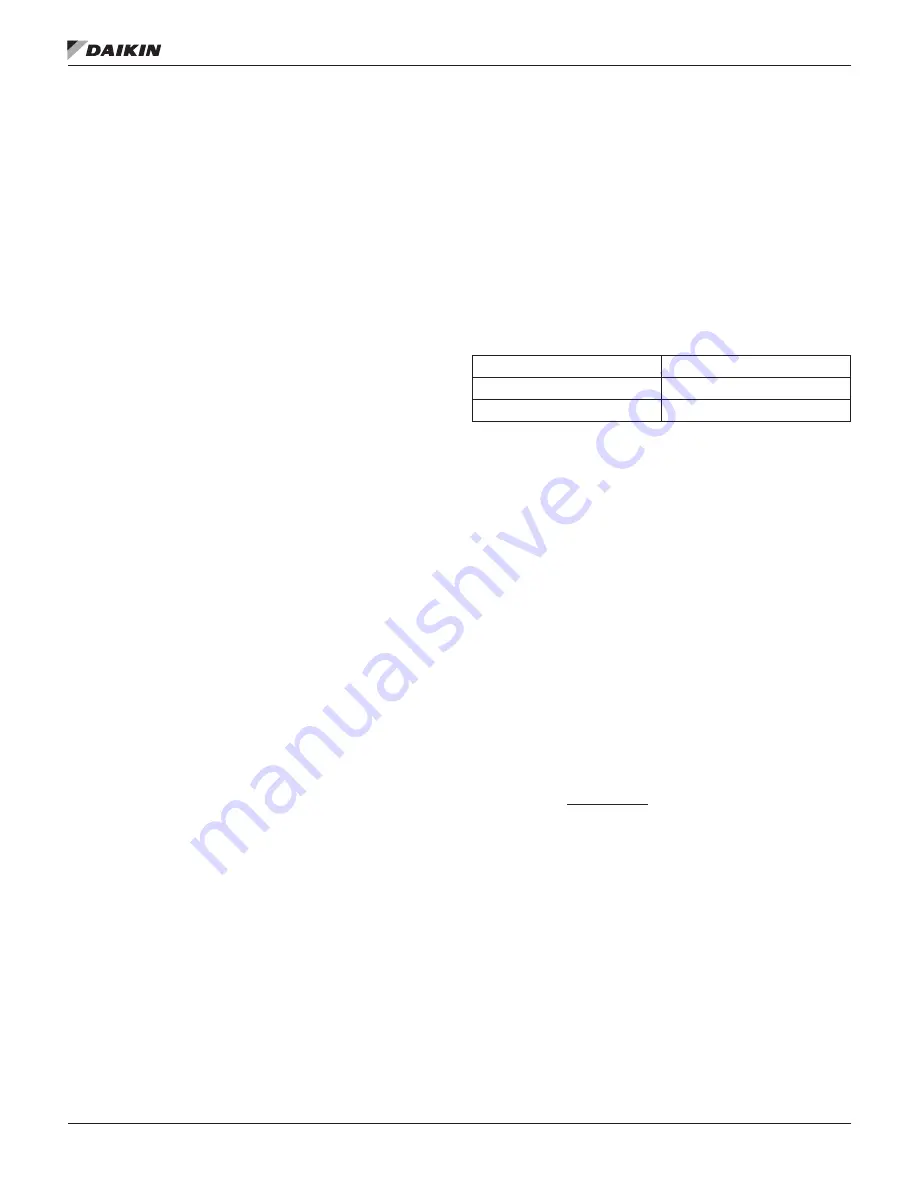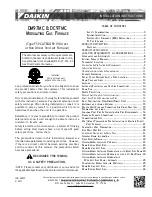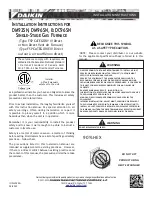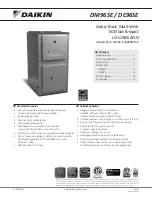
In general, if the discs are located too far back in the blast
tube, uneven heat distribution will result . The back of the
exchanger will get too hot and the front will remain cool .
Rough light off of the main flame can also result. If the discs
are located too far forward, the widened, shortened flame will
cause the front of the exchanger to get too hot, and the back
will remain cool . Poor combustion can also result, as will be
indicated by a CO test .
The gun assembly can be adjusted forward and backward by
first loosening the three bolts on the bracket where the gas
pipe enters the burner box . Other adjustments are made by
tightening the pipe fittings in the gun assembly.
Modulating Linkage Adjustment
All burners are factory adjusted and test fired prior to shipment
and therefore at most should require only minor adjustments .
The dimensions given for linkage adjustments, etc ., are
intended to serve as a guide when replacing components .
It is not intended that on start-up the service technician
will go through the burner and readjust deviations to these
dimensions .
Procedure
1 .
Adjust firing rate positioner crankarm. Side of swivel to
edge of slot equals B .
2 . Adjust “positioner to valve” pushrod to dimension C,
clamp to clamp .
3 . Adjust “valve to air damper” pushrod to dimension D .
4 . Adjust air damper arm length to dimension E .
5 .
With the firing rate positioner at its minimum fire position,
tighten the air damper arm to arm damper shaft while the
damper blade is positioned to opening F .
6 .
Adjust the air damper side fills for minimum gap along
the side of the air damper blade . Do not adjust so tight
that the blade binds or scrapes .
7 . Adjust slide damper to dimension H .
8 . If all these adjustments have been made to these
specification, the air damper end opening should be F at
the minimum fire position and G at the high fire position.
9 .
Finally, fine tune these adjustments with instruments.
Connect a manometer to the tap on the manifold
to measure gas pressure at the orifice. When the
modulating operator is positioned to the minimum fire
position and the burner is operating, readjust C to obtain
the specified minimum fire gas pressure on the orifice.
Typical: 0 .44 in . W .C . natural gas . Readjust D to obtain
an even, quiet flame and the specified CO
2
and CO .
10 .
Reposition modulating operator to high fire position
and adjust the pressure regulator to specified manifold
pressure .
Altitude Considerations
For altitudes above 2000 feet, the gas burner must be derated
4% for every 1000 feet of altitude .
Example: An 800 MBh output furnace at an altitude of 3000
feet is derated (0 .04
×
3 = 0 .12) . At 1000 MBh input (1000
×
0 .12 = 120 MBh), the actual input is (1000 - 120 = 880 MBh) at
3000 feet .
The method of derating the burner is to reduce the manifold
pressure for the pilot and main burner . First, refer to
. Multiply the 100% Gas
Manifold Orifice Pressure shown under Column 10, and then
the Pilot Gas Pressure shown under Column 7, by the following
altitude factors:
2000 feet = 1 .0
5000 feet = 0 .774
3000 feet = 0 .922
6000 feet = 0 .706
4000 feet = 0 .846
7000 feet = 0 .64
Combustion Testing
Proper start-up and maintenance requires periodic combustion
tests and the systematic recording of those test results for
future reference . Before making combustion air adjustments,
check for proper input rate .
Verify Input Rate
To determine the input rate it is necessary to know the BTU
per cubic foot of gas being used . If this is not known, contact
the gas supplier . Check input rate by timing the gas meter dial
with all other appliances and their pilot lights off. If 1000 BTU/
cu. ft. gas is being used the input can be verified using
measured manifold pressure, and checking the orifice drill
diameter .
To verify the input rate using the gas meter, use a stopwatch
and time one revolution of the dial . Calculate the input with the
following formula:
MBh Input = A
×
B
×
3 .6
C
Where: A = BTU/cu. ft. of gas
Typical: Natural gas= 1000, LP gas=2500
B = Cu. ft. per revolution of meter dial
C = Seconds required for 1 revolution of meter dial
IM 684-6 • ROOFTOP SYSTEMS 18 www .DaikinApplied .com
Service
















































